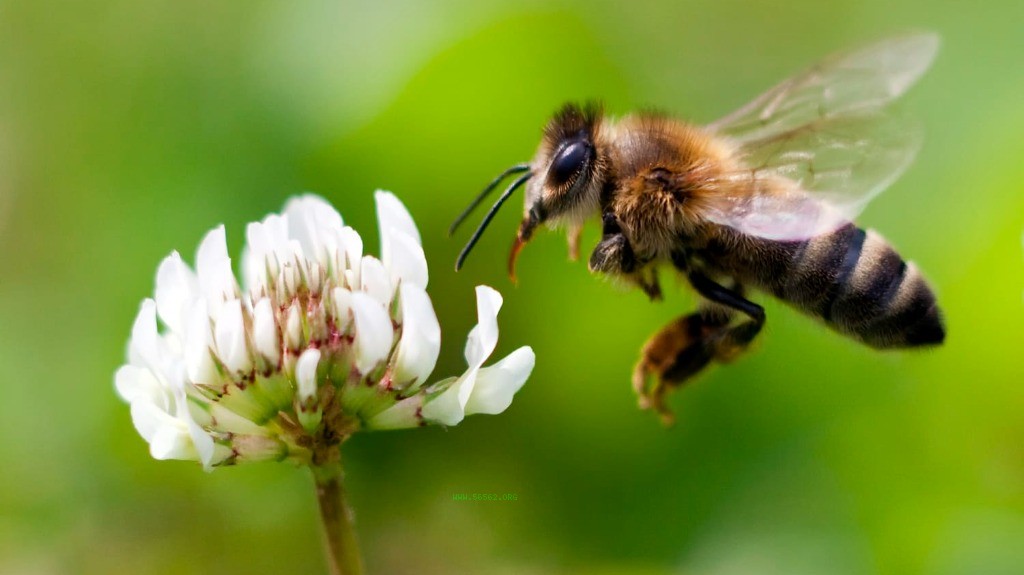After being stung by a bee, there are several methods to determine whether the bee needle is still in the skin:
Direct observation method: Check for small black spots or foreign objects at the wound site. The stinger of bees usually has a barb, which will break and remain in the skin when stung, forming a distinct prick point.

Touch perception method: Gently touch the stung area with your fingers. If you can feel a hard lump or foreign body sensation under the skin, it may mean that the bee sting is still inside the skin.
Symptom assessment method: Observe whether there are persistent and abnormal symptoms such as redness, swelling, pain, itching, etc. in the local area. If these symptoms do not significantly improve after a period of time (such as half an hour to an hour), but instead worsen, it is possible that residual bee stings continue to release toxins.
professional examination method: Use a magnifying glass or skin microscope for detailed examination. If necessary, use sterilized tweezers to gently probe, but it is not recommended to try to remove it on your own to avoid pressing the remaining toxins in the toxin bag into the body. If there is suspicion that the bee sting is still in the body, seek medical attention as soon as possible. A doctor should use professional tools and techniques to remove the wasp sting and treat the wound to prevent infection. At the same time, do not squeeze the wound, otherwise it will accelerate the spread of venom, and in severe cases, it may cause systemic poisoning.




Comments (0)
Leave a Comment
No comments yet
Be the first to share your thoughts!